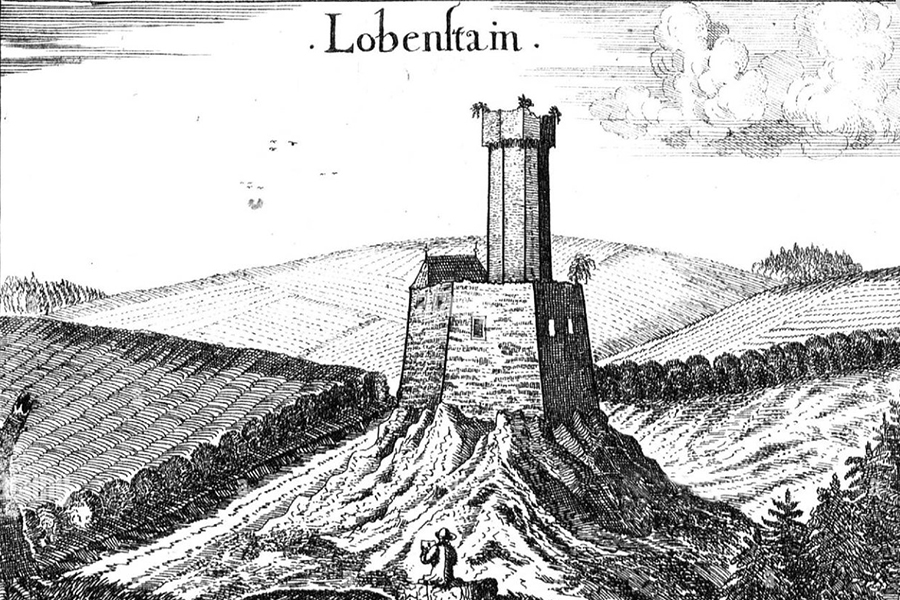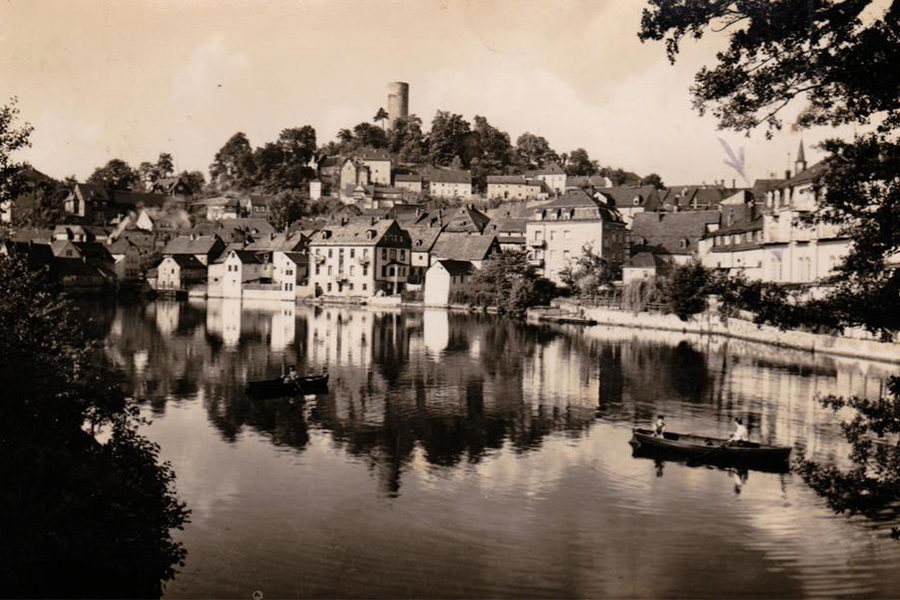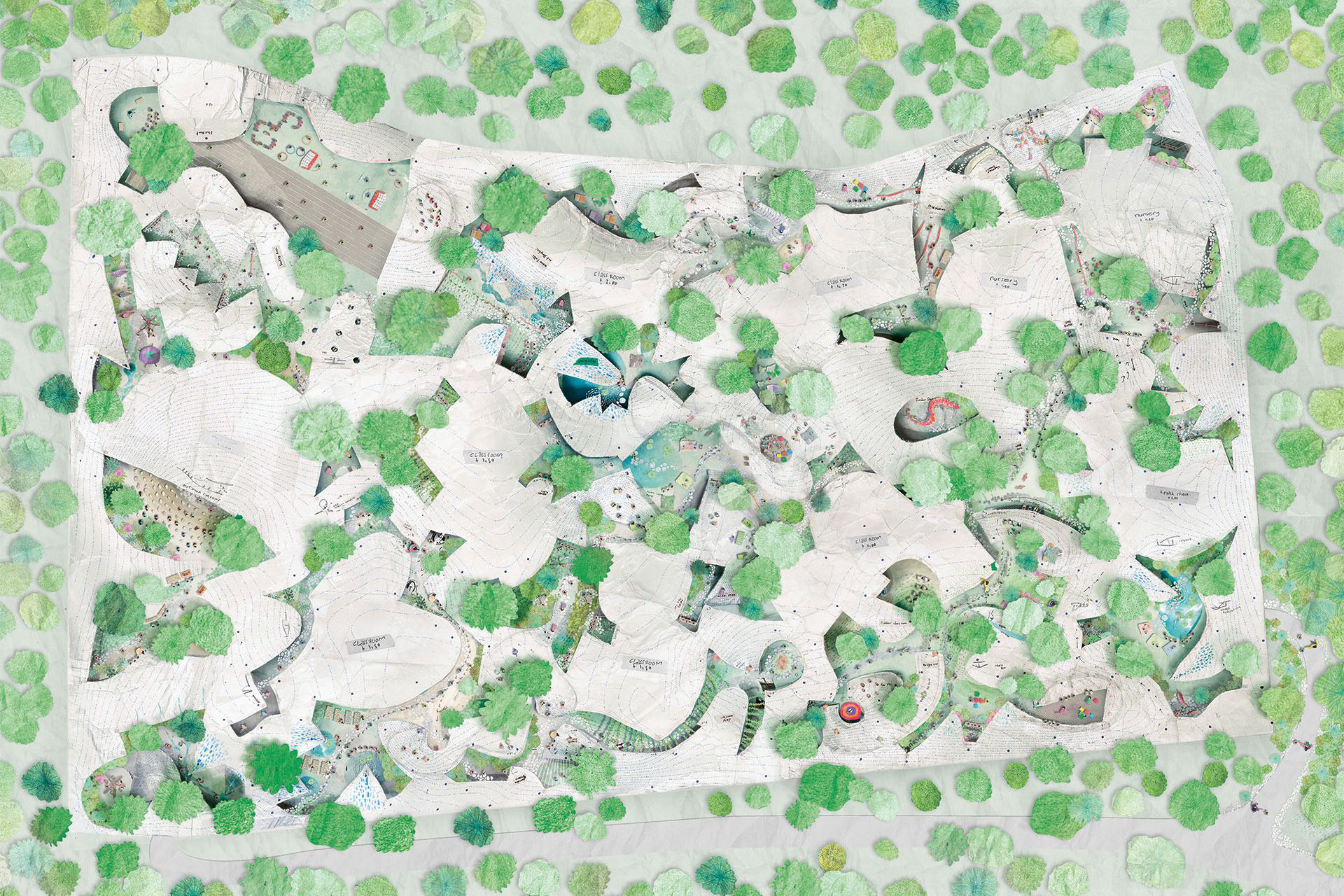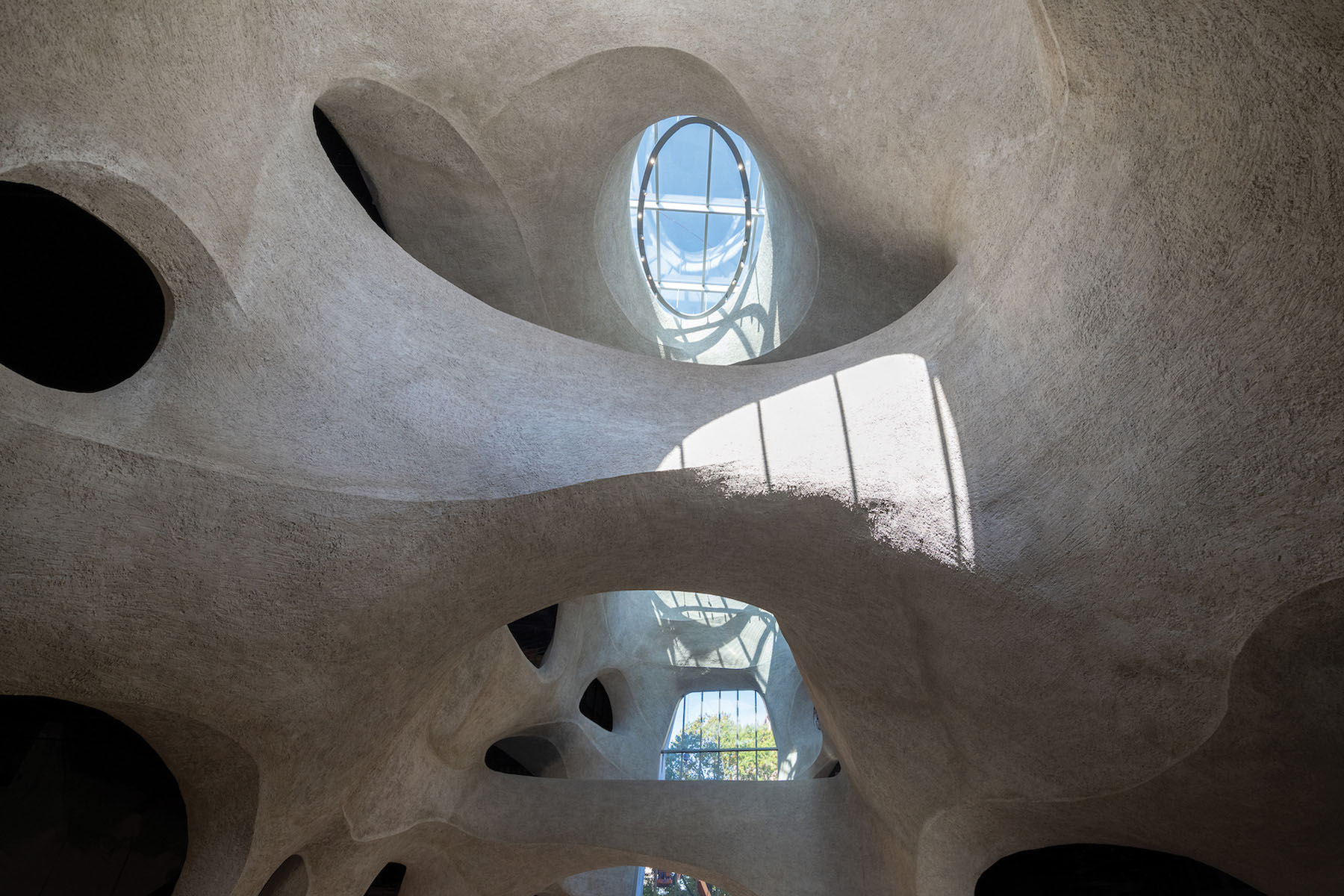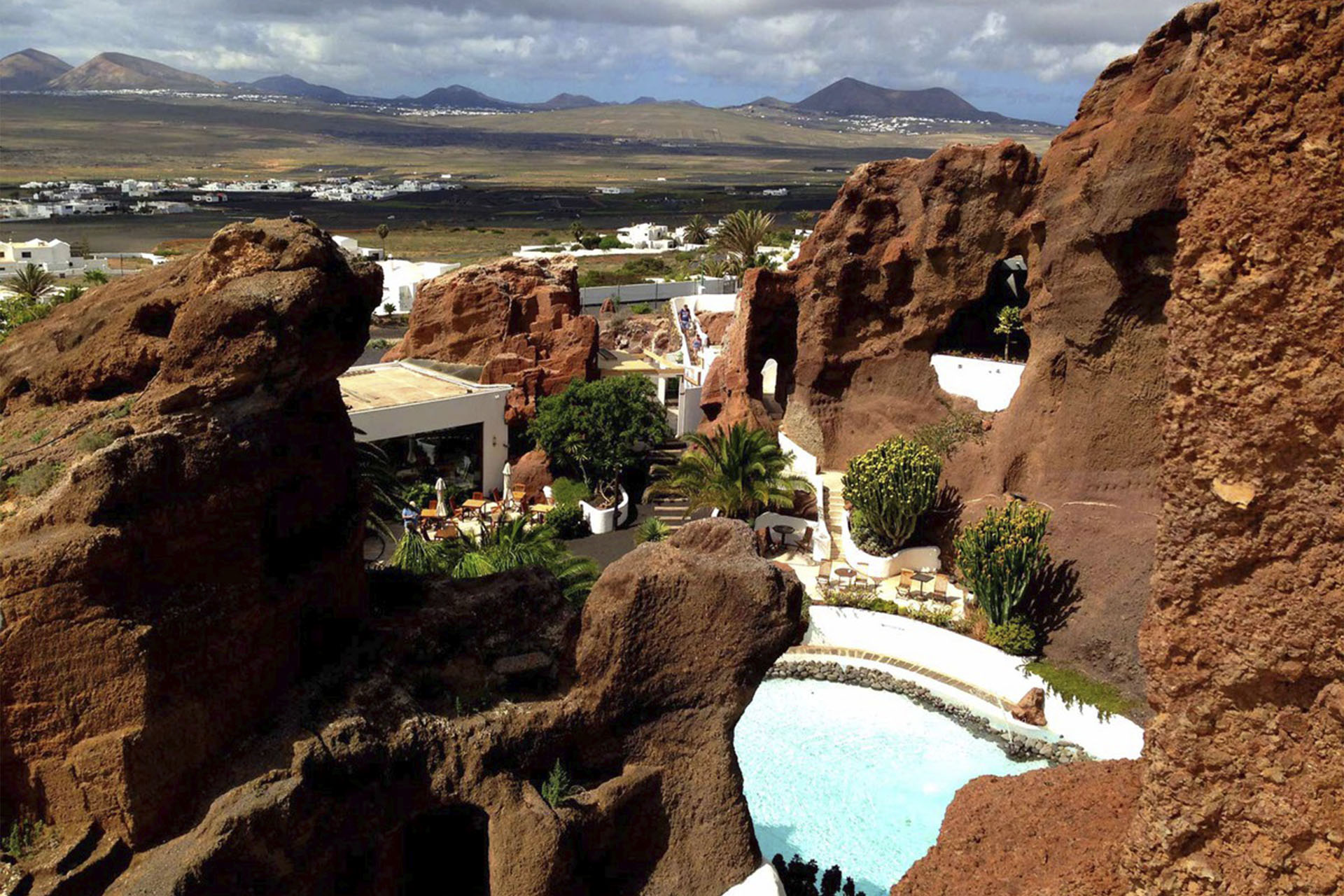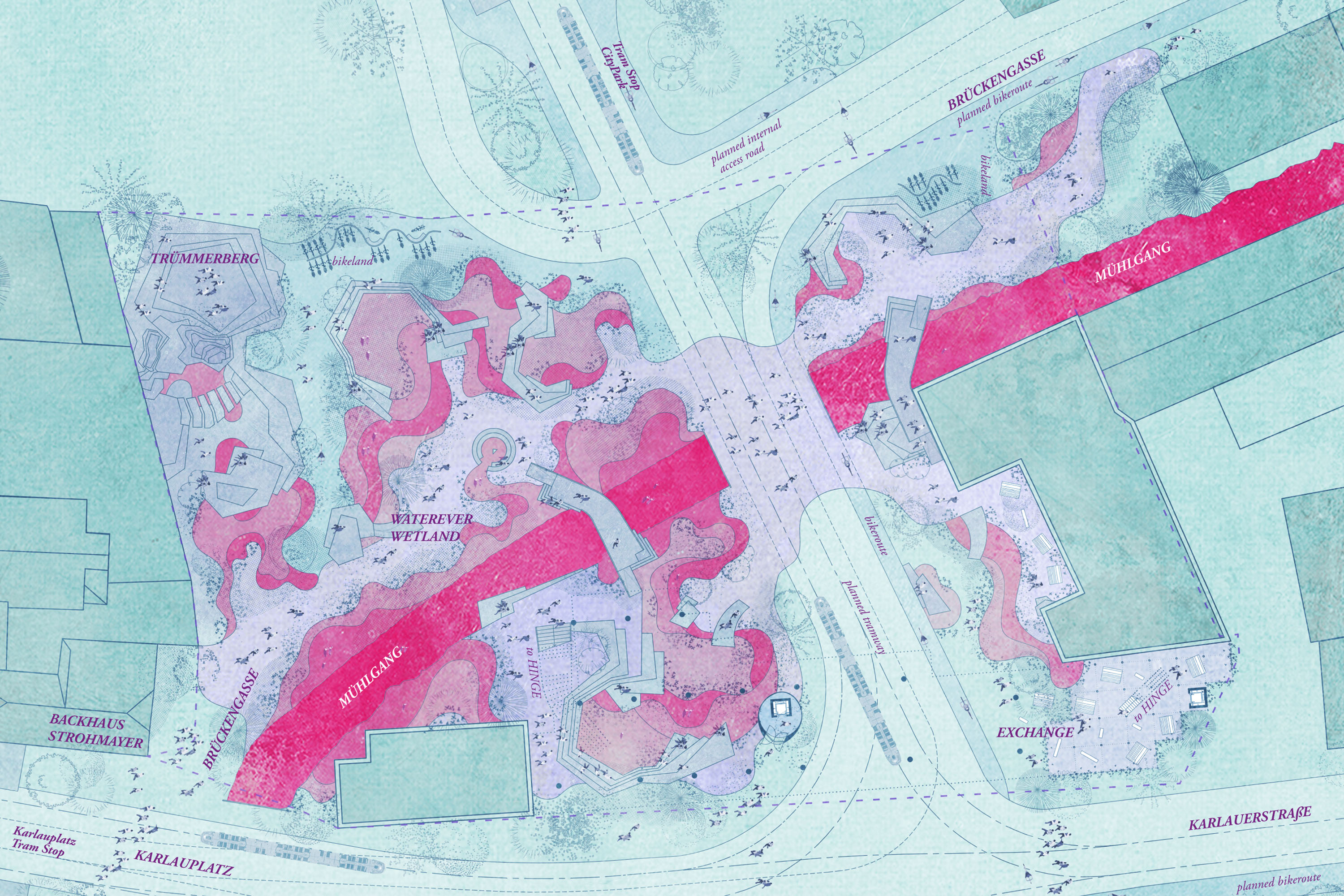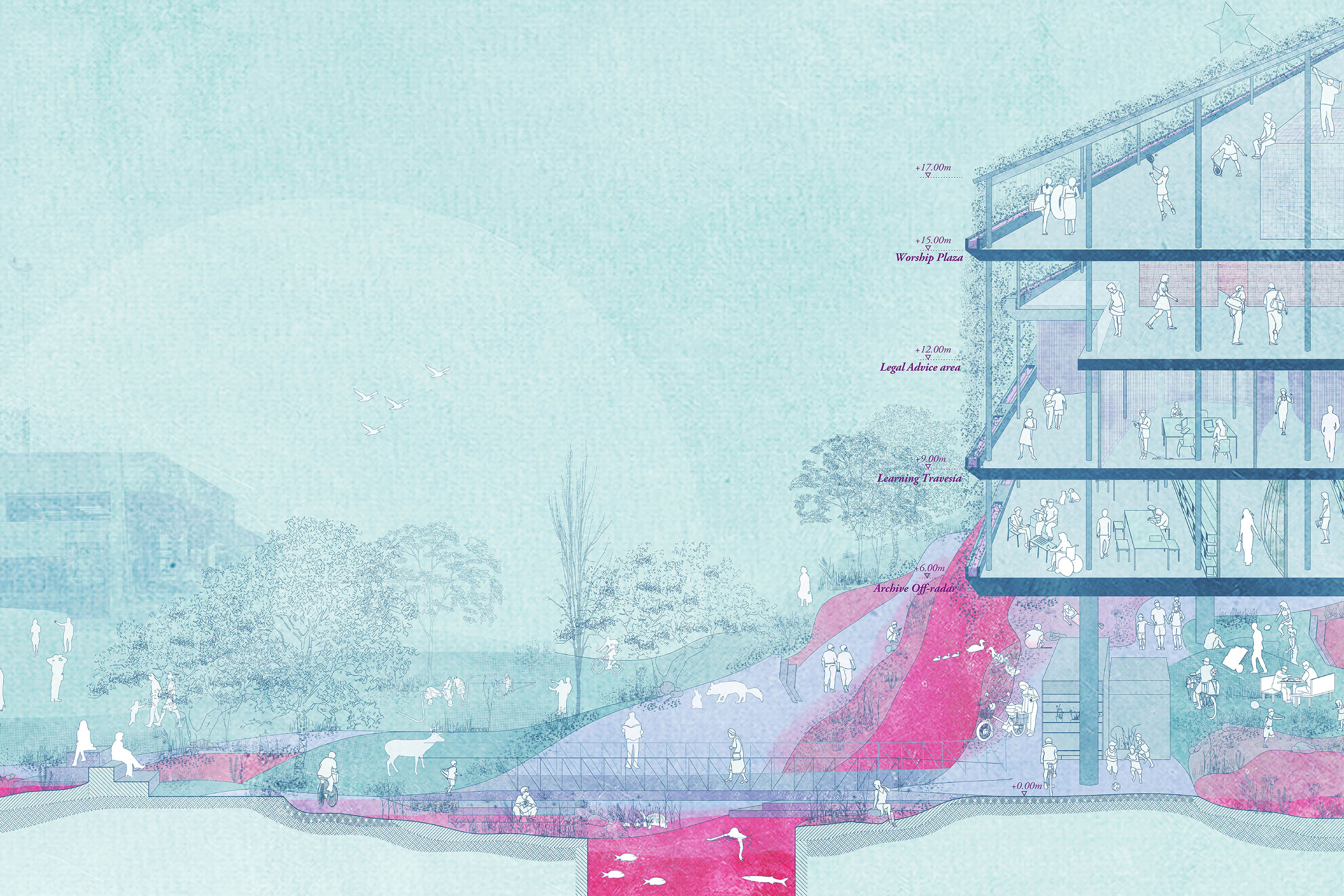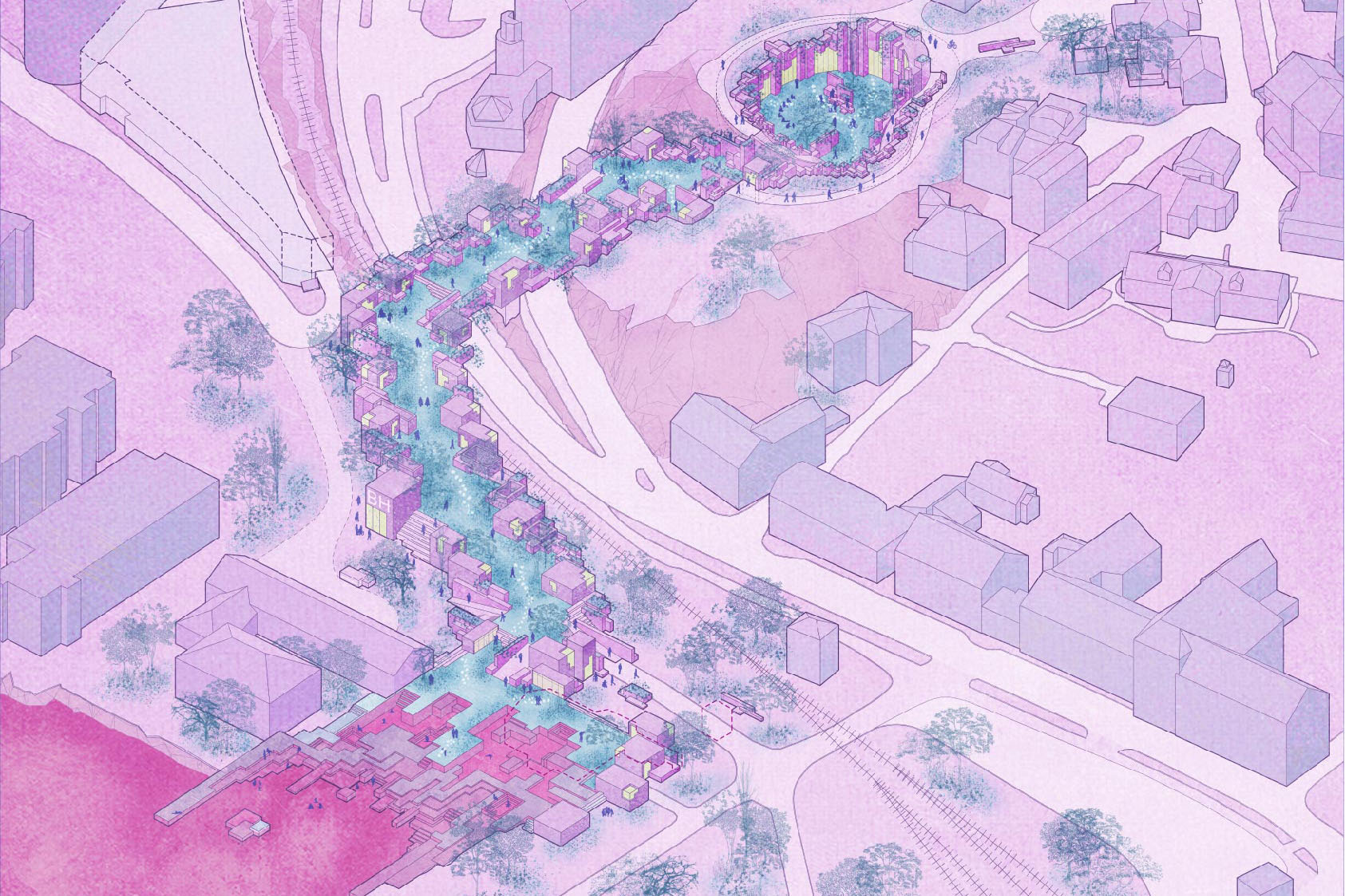EDEN-BERG
Bad Lobenstein (DE) - Mentionné

DONNÉES DE L’ÉQUIPE
Associés: Raquel Ruiz Garcia (ES), Violeta Ordoñez Manjon (ES), Monica Lamela Blazquez (ES) – architectes
TEAM PORTRAIT
VIDEO (by the team)
INTERVIEW
Click on the images to enlarge
1. How do you define the main issue of your project in relation with the theme “Living Cities Imagining architecture taking care of the milieus”? And in which way do you think your project can contribute to an ecological and/or social evolution?
EDEN-BERG embraces the natural forces of the region, WASSER:MOOR:WALD, to redefine the concept of “Kurort” into an immersive bathing landscape where programs materialize in a fluid sequence. This new way of making Kurort revisits Bad Lobestein’s traditional spa culture, prioritizing the landscape, accentuating body awareness, and providing experiences of bathing that engage all our senses.
2. How did the issues of your design and the questions raised by the site mutation meet?
EDEN-BERG’s forest and water elements are seamlessly integrated into Bad Lobestein’s landscapes, creating a harmonious environment that celebrates the region's natural assets. The presence of hiking trails, research center, artistic residencies, and energy generation technologies will enhance the visitors’ experience, promote sustainable practices, and showcase the beauty and significance of the site.
PROJECT:



EDEN-BERG continues exploring topics that we engaged with in our E16 runner-up project FREE MÜHLGANG, in the city of Graz. During our design process, we were highly influenced by historical typologies that conceived the bath as a social institution, such as the Greek Bath, the Roman Thermae, and the Hamman, and we also borrowed from Bad Lobestein’s traditional spa culture.
SITE:



EDEN-BERG is conceived as a fluid landscape where programs can change through time, according to the community’s needs. Rather than a place for mere leisure consumption, our project is conceived as a democratic public bath that is fueled by the Research Center: an interdisciplinary forum for open dialogue, whose research is disseminated through Art-Scientific residences and Outreach programs.
REFERENCES:



We all studied architecture in Madrid, at ETSAM, and after years apart, working in different architecture offices across the world, we reconnected for the previous Europan. The wonderful experience of E16 encouraged us to participate again in such a unique competition that embraces radical approaches and innovative perspectives.
6. How could this prize help you in your professional career?
Being awarded a prize at Europan for the second time in a row has been a boost of energy and illusion. It is a reaffirmation that our interests and concerns are pressing issues that can be addressed through architecture, landscape architecture, and urban design, and that a new perspective is needed to keep our profession relevant.
TEAM IDENTITY
Legal status:
Team name:
Average age of the associates: 34 years old
Has your team, together or separately, already conceived or implemented some projects and/or won any competition? if so, which ones?
Yes, we have won a competition together. We were one of the three runner-up awarded teams in Graz at E16, with the proposal FREE MÜHLGANG. Subsequently, Free Mühlgang was selected for the Neighborhood Index at the Oslo Architecture Triennale in 2022 and is one of the projects that joined the LINA Community in 2022. Besides that, each of us has implemented projects and successfully participated in a variety of competitions within the architecture offices we have collaborated with, and in our own offices.
WORKS:






